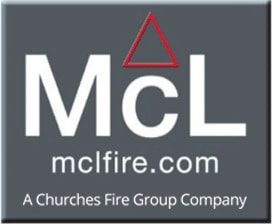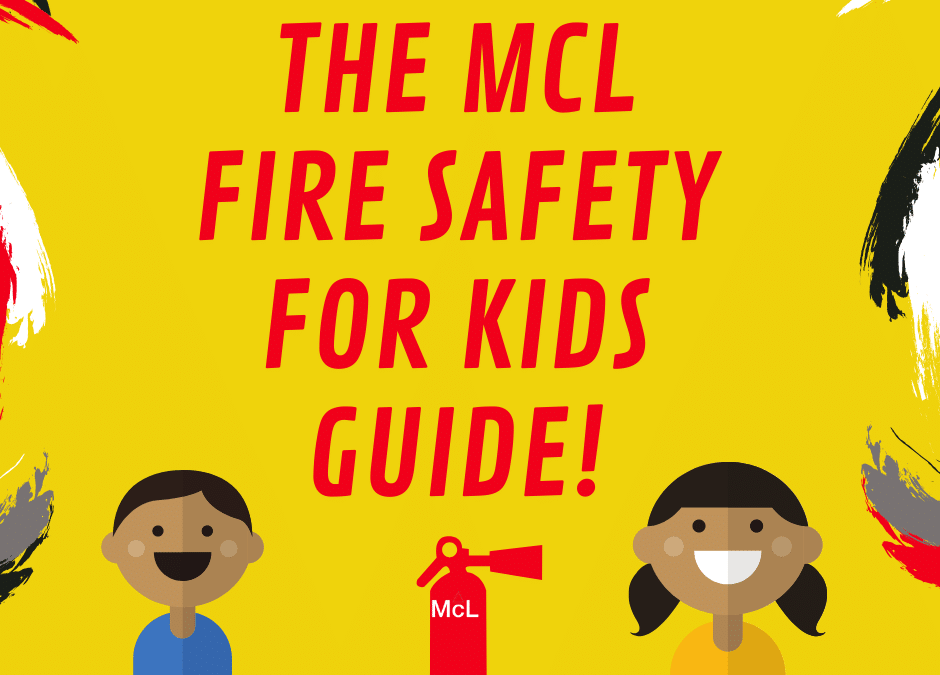Small fires can mostly be extinguished successfully. However, for the rare and unexpected occasion when a larger fire takes hold, It is important that you and your family know how to react especially children. Young children are forever curious and testing the world around them, so it can be difficult to teach them about fire hazards and fire safety. However, there are a variety of different approaches parents can use with young children to educate them in this area. For example:
1)Learn the emergency number ‘999’
Children need to learn the emergency numbers and to memorise 999 in case they need to call emergency services and know not to call 911.
2)Have a plan!
Create and practice a home fire escape plan with two ways out of every room in case of a fire. Get a stopwatch and time how fast your family can escape. The kids will love it. Here’s a handy worksheet to help get you started.
3)Don’t hide, go outside!
If there is a fire, go straight outside. Children commonly choose to hide when they are afraid and they tend to seek refuge by hiding under beds or in cupboards. Parents need to make sure that children know that when they hear a smoke alarm, smell smoke or see a fire (even if they started it) that they should call for help and quickly crawl to the nearest safe exit and to never ever hide in the building.
4)No going back
As hard as it may be if someone or something is still in there, never go back into a burning house – even for family members or pets.
Children need to understand that they need to prioritise their own safety in the event of a fire and to never run back into a fire to retrieve anything from a burning building. This includes family members, pets and material possessions with sentimental value.
If there is a pet inside, families should escape as soon as possible and inform any firefighters who are present at the fire instead of attempting to rescue the pet themselves.
5)Get down low & Go Go Go
Smoke inhalation is the number one cause of death in a house fire. The air is cooler and cleaner low to the ground, which is why children need to know to get down low and crawl to safety.
It’s a good idea to practice your fire escape plan with young children, making sure you all get down low and crawl to the nearest exit. If you have a child who uses a mobility aid, they should be provided with a smoke protection mask.

6)Stop, Drop and Roll
It is important that children know how to best extinguish their clothes if they are on fire. Teach children to stop and drop to the ground, laying flat with legs out straight.
From here, children need to use their hands to cover their eyes and mouth and roll over, back and forth until the flames are out. Parents need to make sure that children know to only do this if their clothing is on fire.
7)Tell a grown up if you find matches or lighters
Matches, lighters and any other sources of fire need to be kept safely out of a reach and view of children. Parents need to set a good example and only use fire in appropriate ways such as for candles or lighting a stove.
Make sure children are aware of the dangers of matches or lighters and that they are only used in a practical way. Children should be taught to always tell a grown-up if they find matches or lighters or if they know another child who has matches or lighters.
8)Don’t leave toys near fires or heaters
Toys are often made from highly flammable materials. Be sure that children know to keep all toys at least a metre from fires or heaters and do not leave them nearby once they are done playing.



Recent Comments